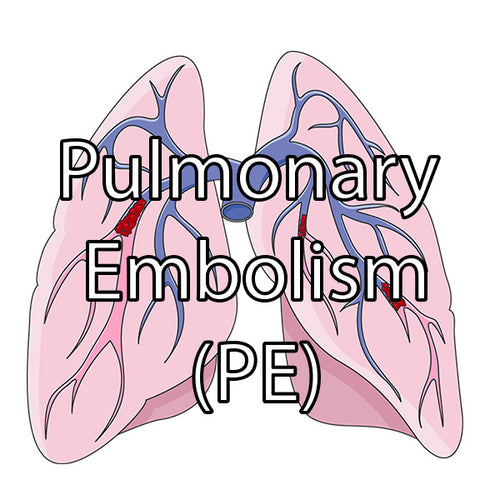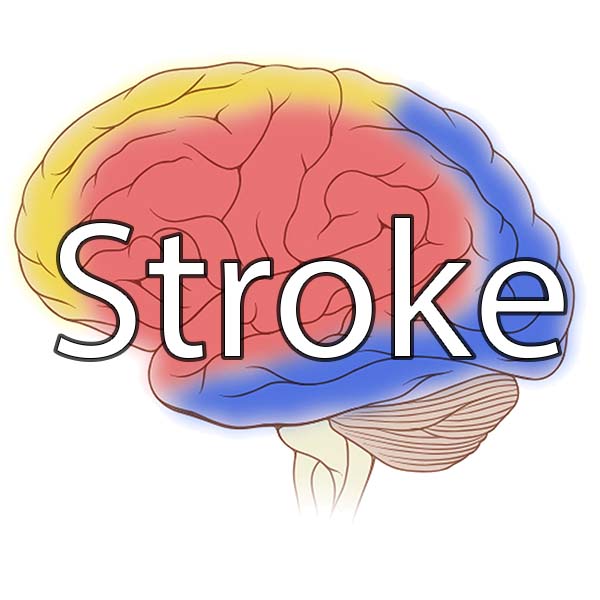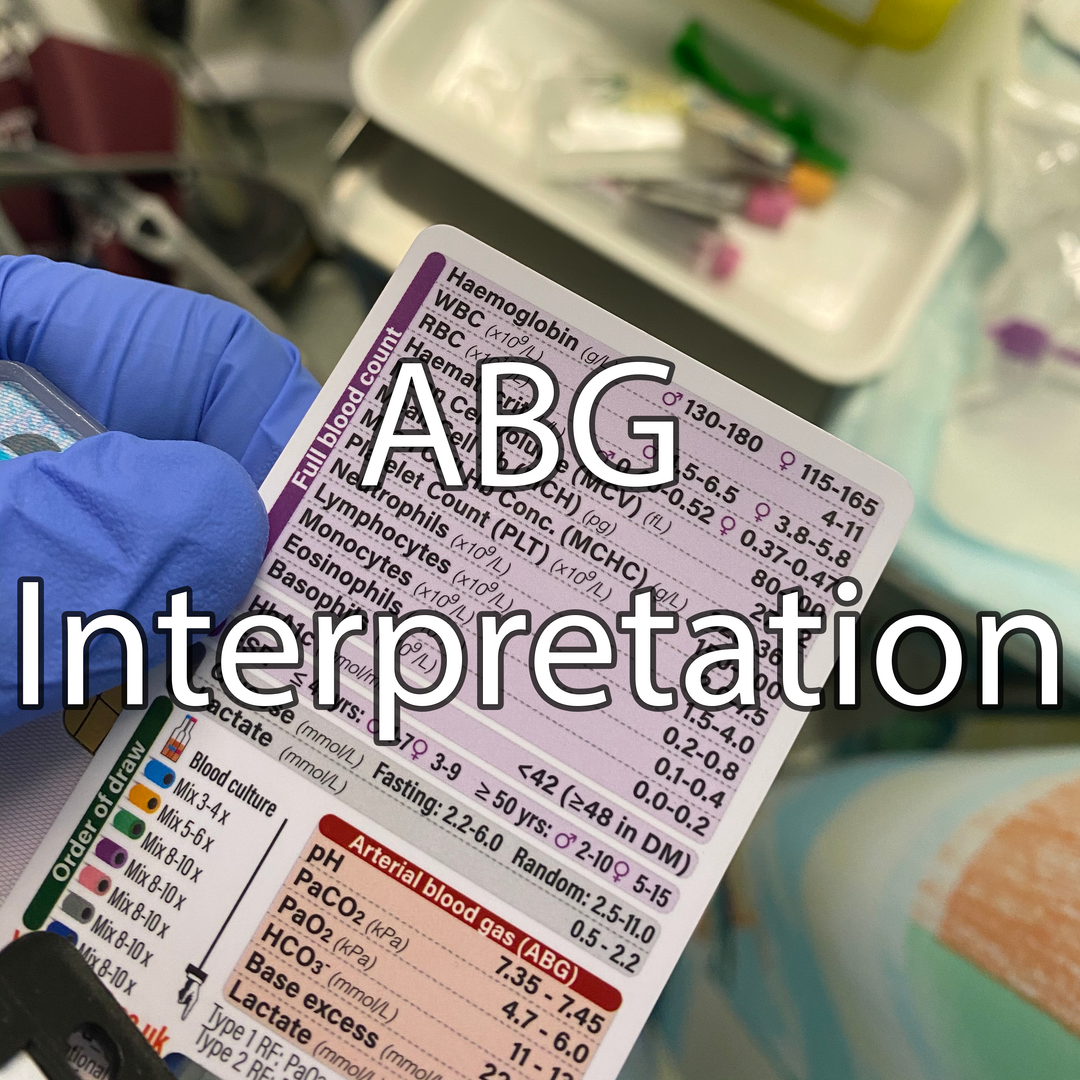Learning

Pulmonary embolism occurs as a result of a blood clot forming in the deep veins which then embolises (breaks off) and becomes lodged in the pulmonary arteries. This can be a life-threatening event. The blood clot can block pulmonary circulation and put strain on the right side of the heart.

In basic terms a stroke occurs when there is a disruption of blood flow to the brain.
The WHO defines a stroke as “a clinical syndrome consisting of rapidly developing clinical signs of focal (or global) disturbance of cerebral function, lasting more than 24 hours or leading to death, with no apparent cause other than that of vascular origin”
There are two main types of stroke: Ischaemic and Haemorrhagic. Ischaemic strokes are the more common of the two, and around 80% of strokes are of this type.

Headaches are commonly encountered and can be primary (no underlying cause or due to pain-sensitive structures in the head) or secondary (due to an underlying condition).
The most common types of primary headache are:
- Tension Headaches: Feels like a tight band around the head. Key factors - stress, missed meals, and lack of sleep.
- Migraines: Unilateral and pulsating, often with nausea or light sensitivity. Watch out for triggers like high caffeine.
- Medication Overuse: Resulting from frequent painkiller use, especially in migraine sufferers.
- Cluster Headaches: Intense, unilateral pain around the eye or temple, more common in young male smokers.
- Trigeminal Neuralgia: Sharp facial pain, triggered by factors like wind or certain foods, more prevalent in older females.

An ABG is a quick way to get a snapshot of not only the patients oxygenation status and acid-base status, but also immediate information about the patient's blood glucose, electrolytes, haemoglobin and lactate levels.




